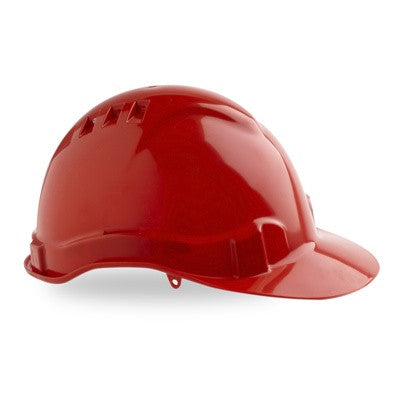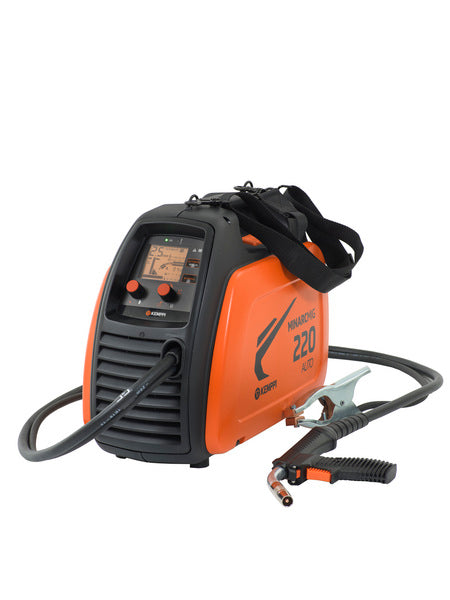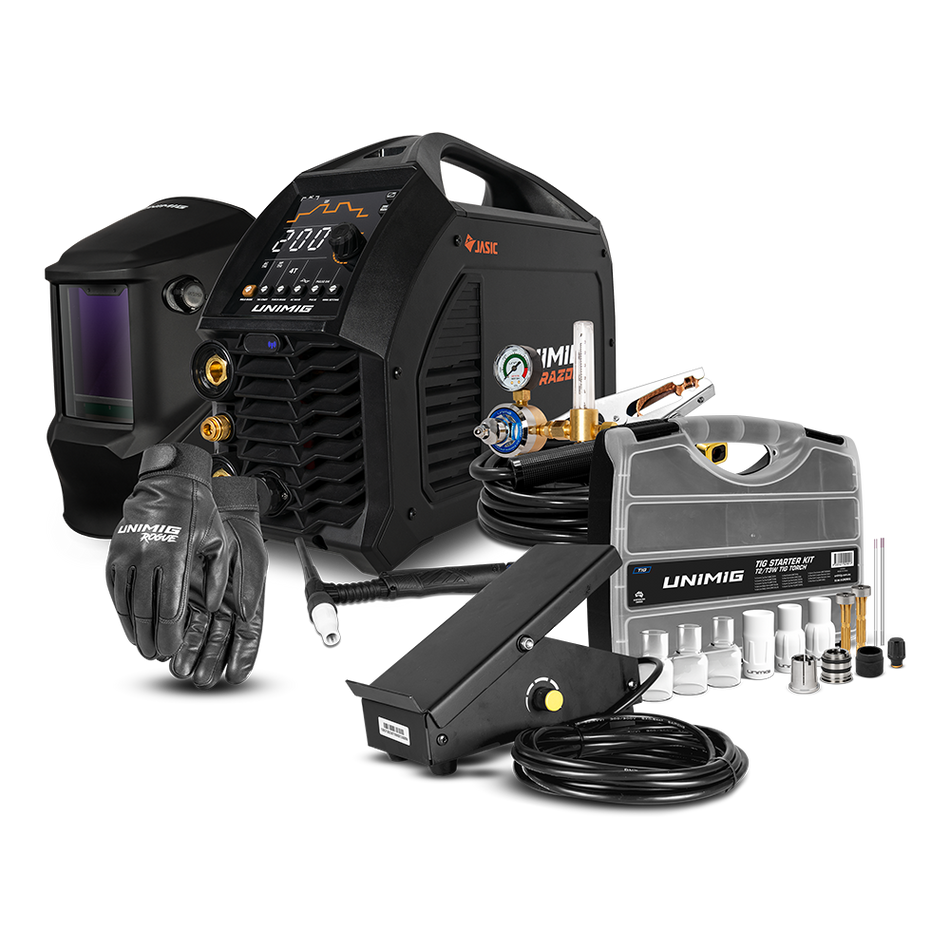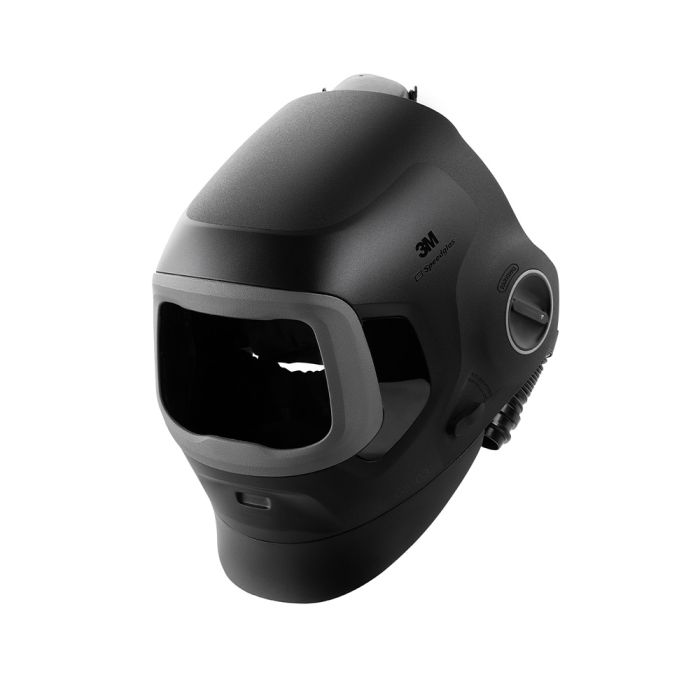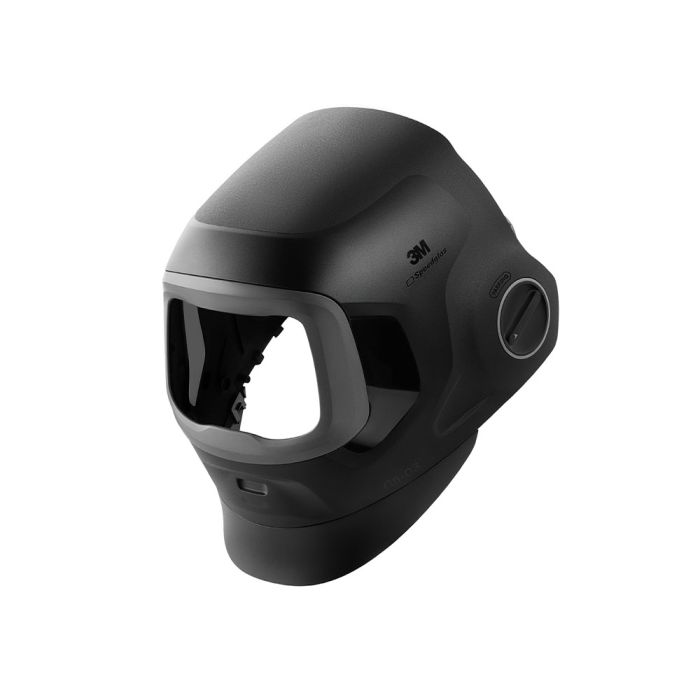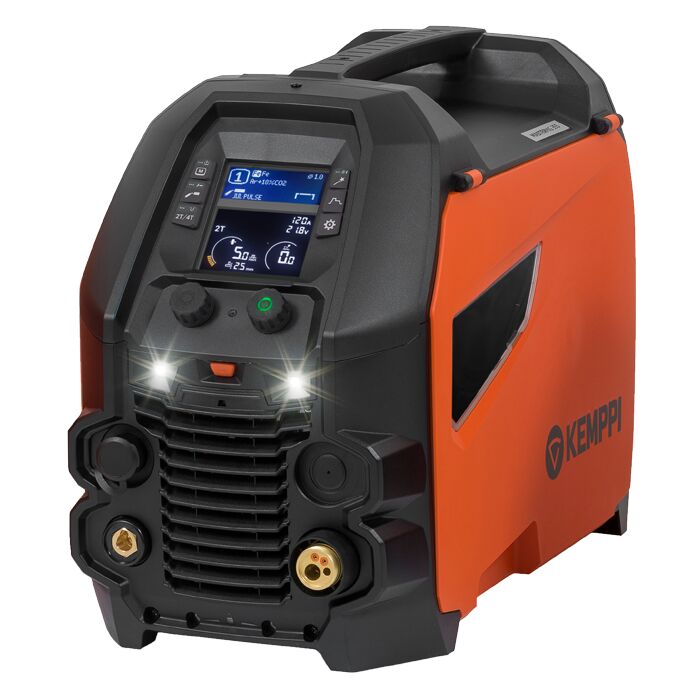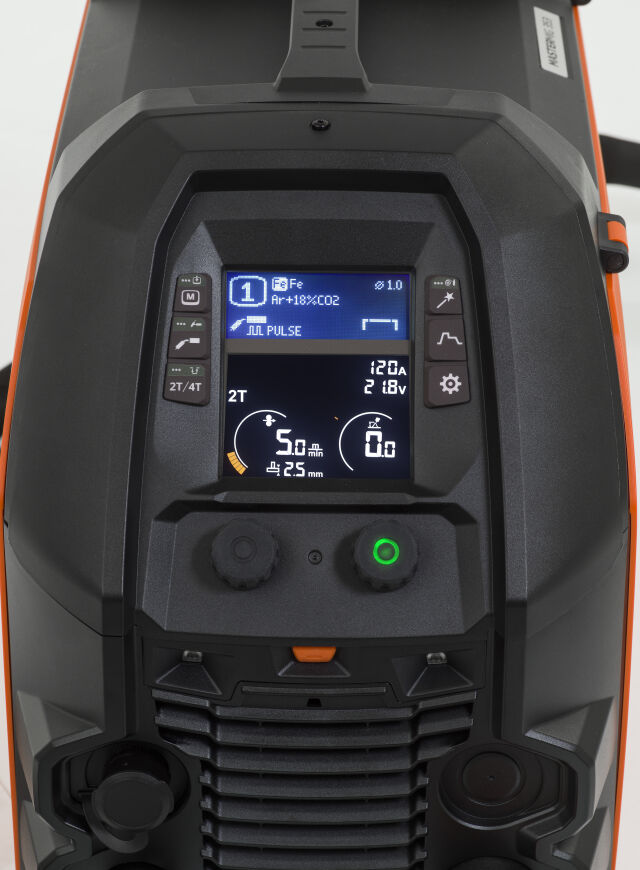10 Products
Welding hazards can affect literally any part of a welder’s body and therefore you have to use safety equipment when you’re welding.
In this article, we’ll discuss some of the most important aspects of welding safety equipment, with special reference to Personal Protective Equipment (PPE).
The Most Commonly Experienced Welding Hazards and Risks
Exposure to Fumes and Gases
Welding exposes you to invisible fumes which include carbon monoxide, nickel oxides, ozone, nitrogen oxides, and many more. All of them can easily get into your lungs and severely damage them.
Fires and Explosions
People involved with welding believe fires and explosions are the two main hazards associated with welding. Fires and explosions can cause serious and even fatal injuries.
Electric Shock
Welders use live electrical circuits to create a pool of molten metal. Thus, you are at risk of experiencing an electric shock.
UV And IR Radiation Exposure
The intense bloom of UV light when you are welding can cause a painful condition called arc eye and which can potentially result in cataracts and a loss of vision.
Types of Welding Safety Equipment
The purpose of Personal Protective Equipment (PPE) is to protect the welder’s whole body, including eyes, ears, face, hands, arms, head, and feet. Leather gloves, gauntlets, a leather apron, a welder’s helmet and safety glasses form part of your PPE if you are a welder. Let’s look at some specific protection aspects:
Respiratory Protection (RPE)
To protect your respiratory system you should always wear a welding helmet with a PAPR system.
Eye Protection
Always wear your welding helmet when you are busy with a welding job. The helmet visor protects your eyes.
Ear Protection
The welding helmet also helps to protect your ears, but if there is a risk of sparks or splatter entering the ear, the best is to wear a fire-resistant hood as well.
Head Protection
The welding helmet protects your head. If you wear a welding helmet with side shields the helmet protects you against UV radiation, chemical burns to your face and head and face or head injuries as a result of particles and debris in the air.
Hand and Foot Protection
When welding, you have to wear insulated, flame-resistant gloves to protect your hands. You must also wear safety shoes with rubber soles and steel toe caps to protect you from electric shocks, heat, fire, burns and falling objects.
Welding Safety Equipment Regulations and Standards
Welders and their employers have to adhere to safety equipment regulations and standards to make the work environment as safe as possible. In Australia, the regulating body is “Safe Work Australia” which is a governmental statutory agency under section 274 of the Work Health and Safety Act (WHS Act).
This Act requires that employers provide, their workers at least with information, training, and instruction about
- how to use and maintain personal protective equipment (PPE),
- safe welding procedures, including in hazardous environments., and
- first aid and emergency procedures
Select, Maintain and Inspect the Safety Equipment
You must always purchase the best safety equipment available. Reputable outlets, such as Bilba Industries will always provide you with advice on what brands to buy.
Welders must clean and correctly store all safety equipment after they’ve used them. Team leaders must also assist welders to inspect their equipment regularly to ensure that all the equipment is fit for use.
Dispose Of Welding Material and Waste in A Way Not to Damage the Environment
Welders have to dispose of welding material and waste in a container clearly identified for scrap metal recycling. You must put all welding waste solvents and solvent-soaked tools in the hazardous waste drum.
Future of Welding Safety Equipment
Most engineers in the field of welding processes and machines believe that concerning safety equipment the welding helmet will change the most in the future. The helmet will use Bluetooth to communicate with the power source. This will improve workplace safety.
As welders will use robotic welding and laser beam welding more and more, the safety precautions and equipment will also change.
Conclusion
Because welding hazards can affect any part of a welder’s body, welders must always put on and use their safety equipment.
Remember, if you can’t see anymore or only have the use of one arm you cannot be a welder anymore! Rather be safe than sorry!









